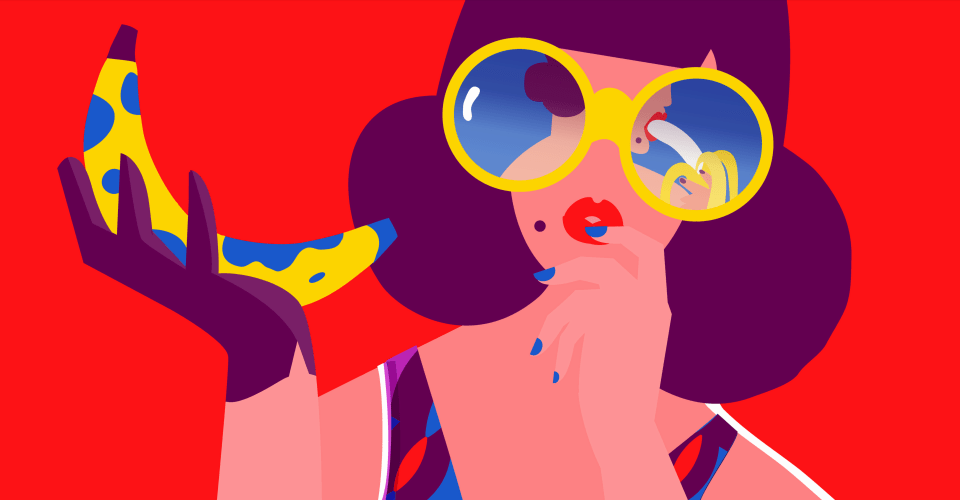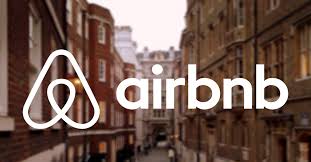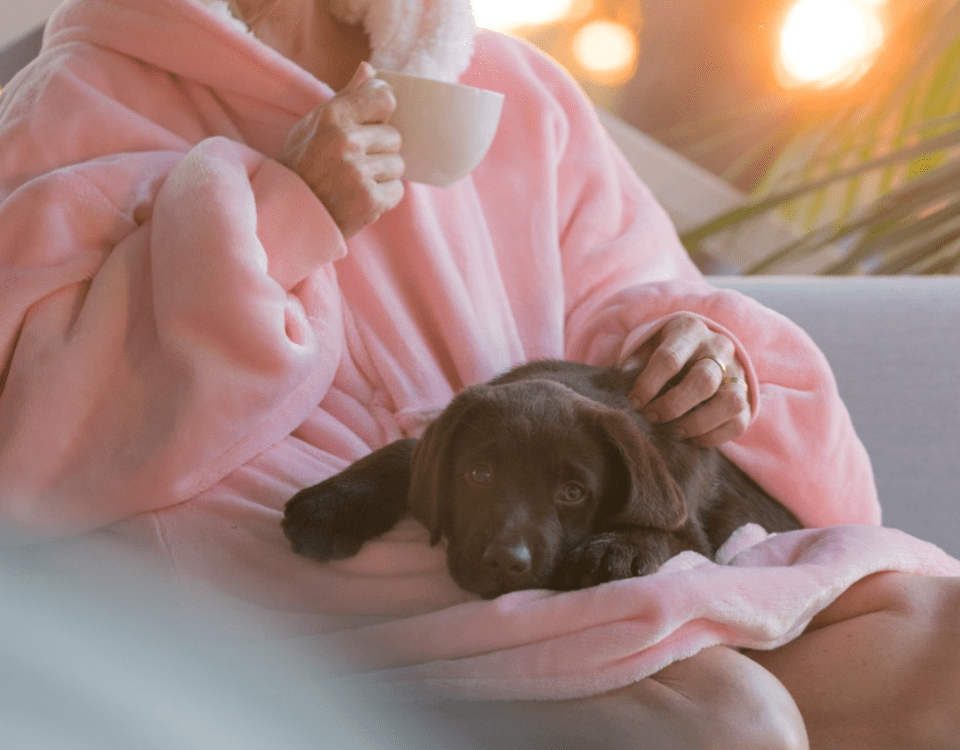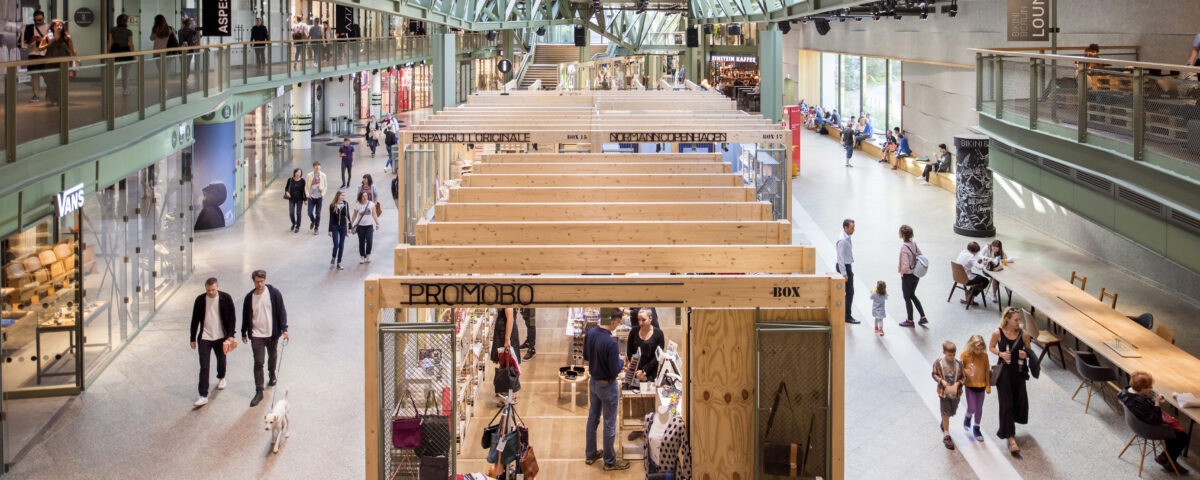
Guys, you may be disappointed when you enter Bikini Berlin; rather than being greeted by bikini-clad German girls, it’s red-bottomed baboons that instead first catch your eye. Yet even this makes you realize you have ventured far from the average shopping mall complex, deep into the uncharted territory of Berlin’s first “concept” mall.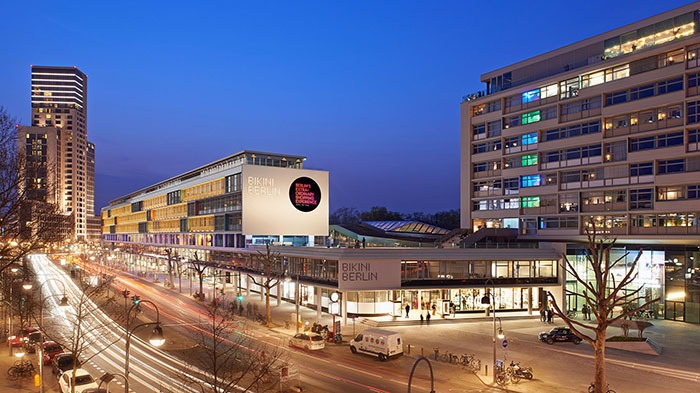
I only came to buy a T-shirt
The obvious feature of the ground floor of Bikini Berlin is a large plate-glass window with a view to the adjacent Zoological Garden’s monkey park. Families and kids cluster around for a free view of the tranquil, some might say comatose (hey, it’s summer) baboons. Naysayers may dismiss Bikini Berlin as desperately trying to be cool; but this is very cool. (You can also watch the monkey park from the second floor, exterior deck). My wife and I get a takeaway coffee from Berlin’s favorite non-Starbucks coffee chain, Einstein’s Kaffee, and sit watching the sedimentary monkeys, wondering if the kaffee will make us more intelligent (it’s hot and we are feeling a little like our primate relatives).
Environmental zen-ness
What picks me up isn’t the coffee, it’s this environment. It’s not mall-like. Which means it’s not white-polished floors with complimentary bleached walls, wall to wall chains stores, harsh lighting, McDonalds, screaming children and loud muzak pumping into every crevice. Rather, this is an enjoyable, creative, sunlit, shopping environment, and so, excellent experience. Something we can usually only dream of in a mall. The music is subtle and, well, “cool”. There’s a lounge upstairs where you can lounge on designer furniture and use the free Wi-Fi.
Pop up and pop in
There are plenty of great men’s (and women’s) fashion stores, with an emphasis on “boutique.” No H&M, no Forever 21. I easily find my shirt at an American Vintage store (a brand established in 2005 by Michael Azoulay, inspired by trips to the USA, allegedly with the innovative aim of reinventing the T-shirt). I don’t know if he succeeded, but my T-shirt is pretty well made. Lots of local European and German fashion designers sprinkle the mall. Downstairs there are several “pop-up” temporary stores which are rented out to start-ups or small companies who want to test the market and can rent a rustic wooden “box” for 3 to 12 months. We pick up some minimalist design Danish stationary from one such pop-up. You can never have enough stationary.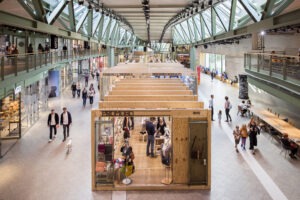
Mostly we walk around. It’s very walkable. The architecture is industrial, with lots of rustic steel rails and balconies; walls are a pleasant mid-green, so as not to clash with the green of the feature window/monkey enclosure, perhaps? There are wooden floors and pine trimmings on store facades.
I wonder not, “why can’t all malls be like this?” but “why do all other malls have to be the same?” That is: ugly. The criticism of Bikini Berlin is it’s just too cool for school, yet that’s shallow and cursory. Whatever the intention of the designers and architects, here is an example of what all urban designers should aim for: to create an environment that is human-friendly and pleasant to be in.
Human-centric design
There are other examples around the world of what else can be done with a shopping complex; the open-air Ala Moana Shopping Center in Honolulu, Villagio Mall (complete with canal and gondola) in Qatar, or GPO in Melbourne which was formed from the architectural of an old post office. Shopping is meant to be fun. Enjoyable. Good. Finding a great new fashion item can make a guy (or gal) feel great. So too should the experience, the hunt to finding it, should be as exhilarating as the kill. Well, the purchase. A Westfield mall isn’t fun. We should just say no.
The site of Bikini Berlin, in case you’re wondering, was once home to a women’s outerwear (and underwear) factory that was destroyed in World War Two. Hence the name. Which begs just one question.
“Can you buy a bikini here?” my wife asks.
“Yes,” I reply. “There’s a Gant store.”
We’re in Bikini Berlin. She goes to buy one. There are bikini girls in Bikini Berlin after all.

